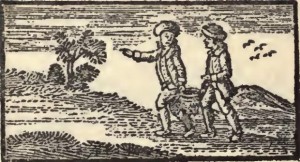Ancient Petra: Sanctified by the sky
Petra is a place that lures the imagination – we cannot help but travel there in our fantasies…
A new statistical analysis published in the Nexus Network Journal reveals something new about these glorious structures…
Ancient City of Petra Built to Align With the Sun
The Nabatean culture erected the city to highlight solstices, equinoxes.
by Christine Dell’Amore (National Geographic)
“An ancient civilization built the famous, stone-hewn city of Petra so that the sun would illuminate their sacred places like celestial spotlights, a new study says.
Petra, a giant metropolis of tombs, monuments, and other elaborate religious structures carved into stone cliffs, was the capital of the Nabatean kingdom, a little-understood Middle Eastern culture that ruled much of modern-day Jordan from the third century B.C. until the first century A.D.
These wealthy spice traders worshiped the sun, among other deities, and may have given importance to the equinoxes, solstices, and other astronomical events that are determined by how the sun moves across the sky. (Also see: “‘Lost City’ of Petra Still Has Secrets to Reveal.”)…”
For the rest, click here to go to National Geographic.
Share


